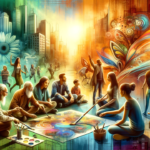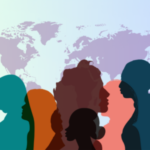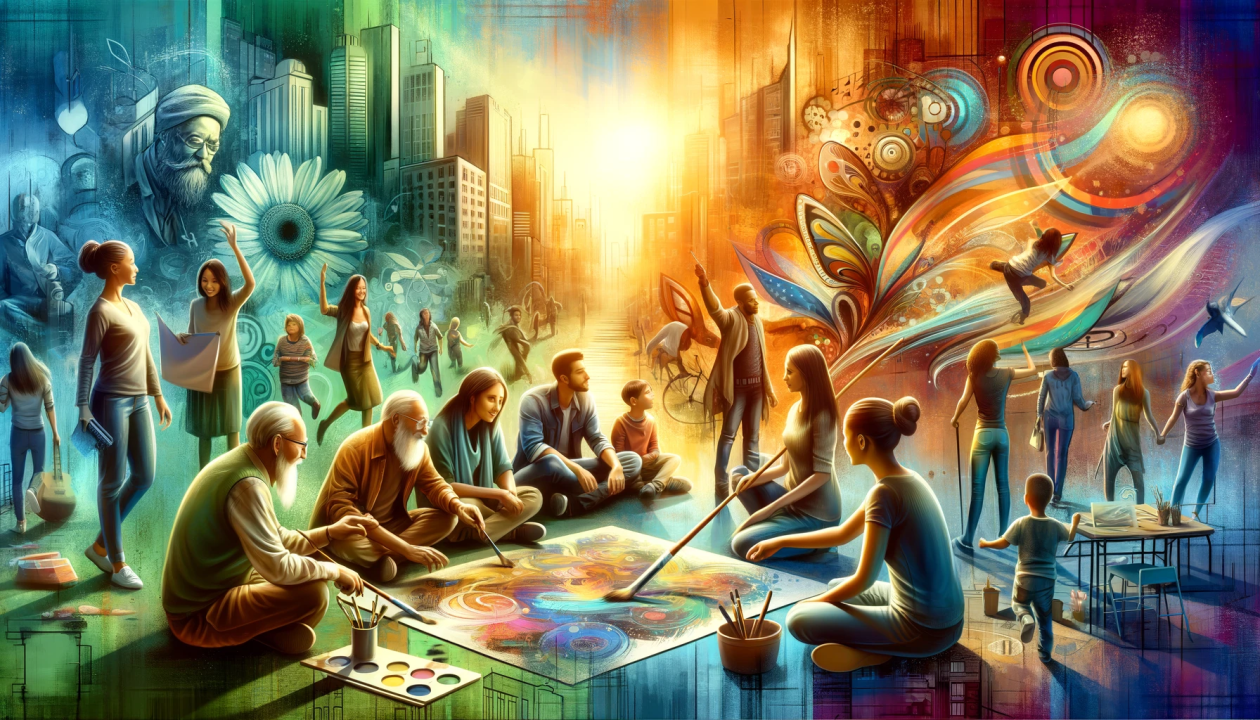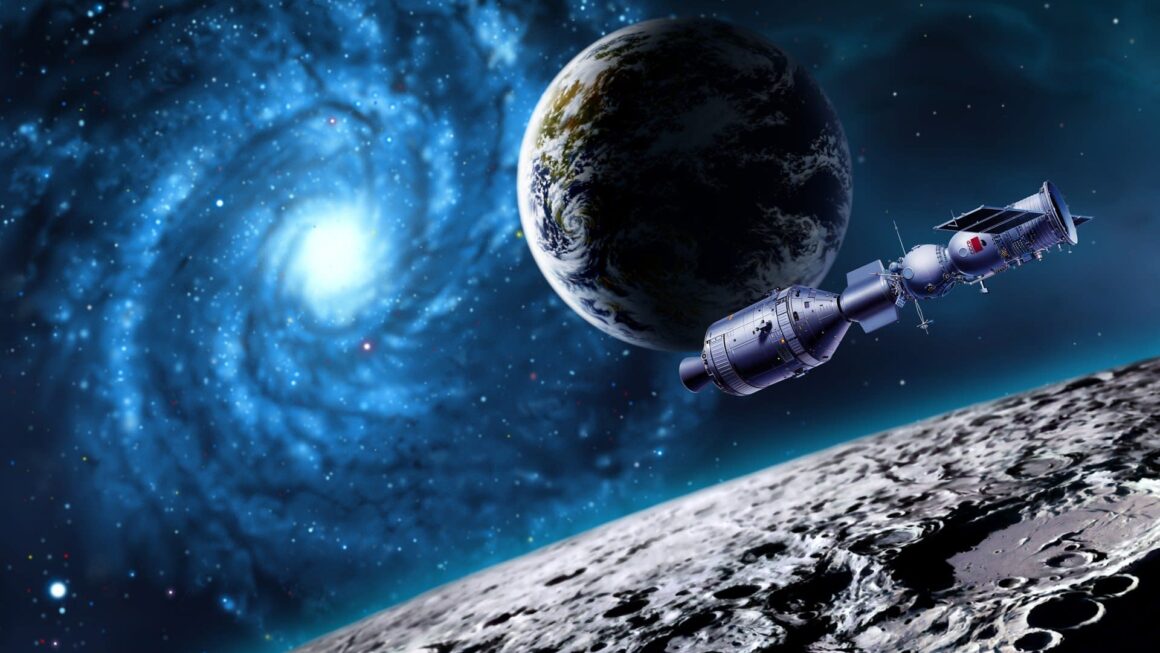In a world bursting with diverse cultures, the tapestry of global arts stands as a testament to humanity’s creativity and resilience. This article delves into the myriad ways in which the arts—spanning from visual and performing arts to literary expressions—mirror the complexities of human experiences across the globe. It invites readers to embark on a journey through the rich landscape of global arts, revealing how these forms not only entertain but also educate and inspire.
A Mosaic of Visual Splendor
The visual arts serve as a window into the soul of a culture. Each brushstroke and sculpted curve carries the weight of history, beliefs, and emotions unique to its origin. For instance, the intricate patterns of Islamic calligraphy often embody spiritual messages, weaving together art and faith. Similarly, the vibrant hues of African textiles narrate stories of community and identity, transforming simple garments into living histories.
Transitioning to the East, the minimalist elegance of Japanese ink paintings (sumi-e) captures the essence of nature and simplicity, reflecting the philosophical underpinnings of Zen Buddhism. Each piece, regardless of its geographical roots, contributes a distinct thread to the global tapestry of visual arts, enriching our understanding of the world.
The Universal Language of Music and Dance
Music and dance transcend linguistic barriers, offering a universal language that expresses the inexpressible. African drumming, for instance, is not just about rhythm and melody; it’s a powerful means of communication and a cornerstone of communal gatherings. Meanwhile, the passionate flamenco of Spain tells tales of love, sorrow, and joy, embodying the fiery spirit of its people.
In Asia, the classical dances of India, such as Bharatanatyam, encapsulate centuries of religious and cultural narratives, bringing ancient epics to life through intricate gestures and facial expressions. Each musical note and dance move across the globe contributes to a harmonious melody, showcasing the shared human capacity for expression and connection.
Literary Landscapes: Windows to the Soul
The written word, in its myriad forms, offers profound insights into the hearts and minds of different cultures. The epic poems of the ancient Greeks, for instance, not only serve as thrilling narratives of gods and heroes but also as philosophical inquiries into the nature of humanity and the universe. On the other side of the world, the haiku of Japan captures fleeting moments of beauty in nature, reflecting the transient nature of life itself.
Contemporary literature, with its diverse voices from across the globe, continues to expand our horizons, challenging us to see the world through the eyes of others. From the magical realism of Latin American authors to the poignant narratives of African writers, literature weaves a complex web of human experience, fostering empathy and understanding.
The Impact of Digital Transformation
The advent of digital technology has revolutionized the way we experience and interact with the arts. Online platforms and social media have democratized access to cultural expressions, enabling artists from remote corners of the world to share their work with a global audience. This digital transformation has not only broadened our cultural horizons but also fostered a new era of artistic collaboration, blurring geographical boundaries.
Moreover, digital art forms, such as virtual reality (VR) experiences and digital installations, have emerged as powerful tools for storytelling and cultural preservation. They offer immersive experiences that transport us to different times and places, deepening our appreciation for the diversity of global arts.
The Role of Arts in Society
Beyond their aesthetic appeal, the arts play a crucial role in society. They act as a mirror, reflecting societal issues and catalyzing change. Through the lens of art, we confront the realities of injustice, inequality, and environmental crises, sparking dialogue and inspiring action.
Moreover, the arts are integral to education, fostering critical thinking, creativity, and emotional intelligence. They equip individuals with the tools to navigate an increasingly complex world, emphasizing the importance of empathy and cultural sensitivity.
Conclusion
The richness of global arts is a testament to the boundless creativity and resilience of humanity. From the visual splendor of paintings and sculptures to the universal language of music and dance, and the profound insights of literature, the arts weave a vibrant tapestry of human experience. They remind us of our shared humanity, transcending cultural and geographical boundaries to unite us in our diversity.
As we continue to explore this vast landscape, let us cherish and support the arts in all their forms. For in doing so, we not only enrich our own lives but also contribute to a more understanding, tolerant, and beautiful world. The tapestry of global arts, with its endless threads of creativity, stands as a beacon of hope and unity in our ever-changing world.













